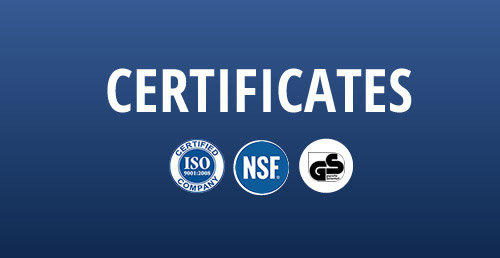Different types of bracing used in steel structures to provide structural stability
Steel structures are commonly used in construction due to their durability, strength, and flexibility. One important aspect of steel structures is bracing, which helps to provide stability and resistance against lateral forces such as wind and seismic loads. There are several types of bracing used in steel structures, each with its own advantages and applications.
One of the most common types of bracing is diagonal bracing, which consists of diagonal members that form triangles within the structure. Diagonal bracing is efficient in resisting both tension and compression forces, making it an ideal choice for providing lateral stability to steel structures. This type of bracing is often used in buildings with large open spaces, such as warehouses and industrial facilities.
Another type of bracing is cross-bracing, which consists of diagonal members that intersect to form an X pattern within the structure. Cross-bracing is effective in resisting axial and torsional forces, providing additional stiffness to the steel structure. This type of bracing is commonly used in high-rise buildings and bridges to enhance their overall stability and performance.
K-bracing is another type of bracing that is similar to diagonal bracing but with a bent shape resembling the letter K. K-bracing is useful in situations where a diagonal brace cannot fit due to space constraints or architectural considerations. This type of bracing is often used in structures with complex geometries or irregular shapes.
types of bracing in steel structures

In addition to these types of bracing, there are also eccentric bracing and concentric bracing. Eccentric bracing involves placing the bracing members off-center from the main structural elements, providing enhanced resistance to lateral forces. Concentric bracing, on the other hand, involves aligning the bracing members with the main structural elements to create a more symmetric and balanced structure.
Each type of bracing has its own unique advantages and applications, depending on the specific requirements of the steel structure. By carefully selecting and designing the appropriate bracing system, engineers can ensure the structural integrity and performance of steel structures in various loading conditions.
In conclusion, bracing plays a crucial role in ensuring the stability and resilience of steel structures. By understanding the different types of bracing and their applications, engineers can effectively design and construct safe and efficient steel structures that can withstand the forces of nature. With the right bracing system in place, steel structures can continue to be a popular choice for a wide range of construction projects.
-
Weatherproof Plastic Expansion Anchors for OutdoorსიახლეებიJun.06,2025
-
Sustainability in the Supply Chain: Eco-Friendly TEK Screws ProductionსიახლეებიJun.06,2025
-
Load-Bearing Capacity of External Insulation FixingsსიახლეებიJun.06,2025
-
Double Head Bolts: Enhancing Efficiency in Industrial MachineryსიახლეებიJun.06,2025
-
Corrosion Resistance in Chipboard Screws: Coatings for Wholesale DurabilityსიახლეებიJun.06,2025
-
Butterfly Toggle Bolts : Enhancing Structural ResilienceსიახლეებიJun.06,2025
